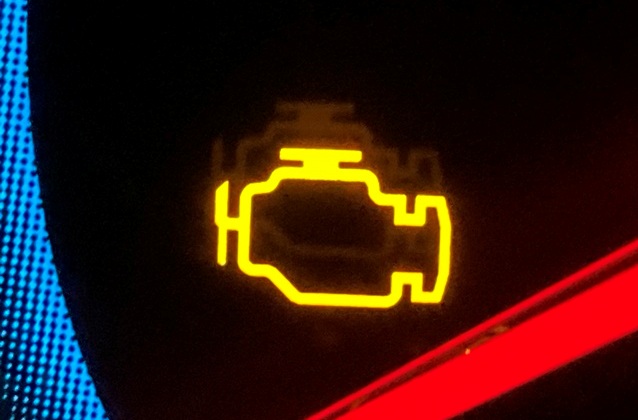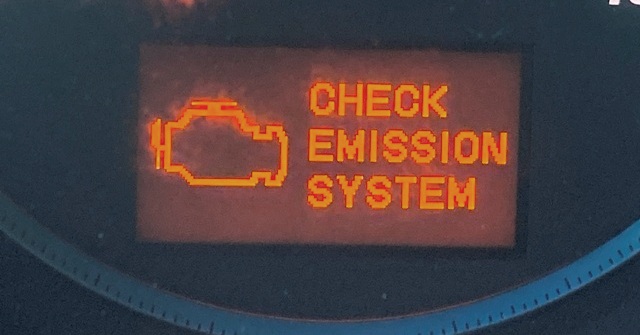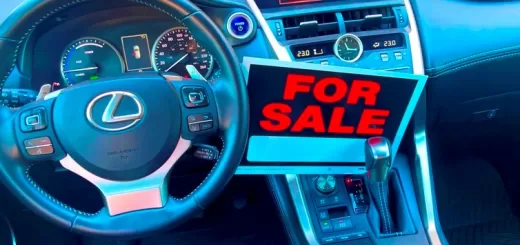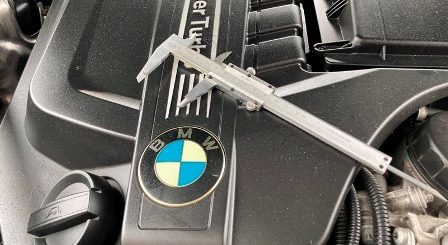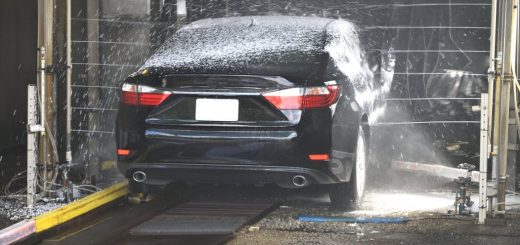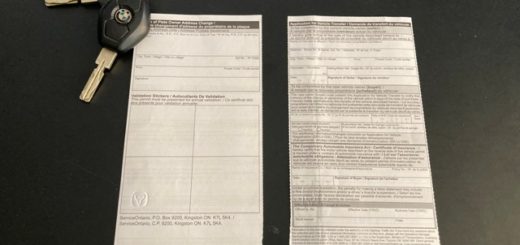Reasons Why Check Engine Light is On
Check engine warning light illumination is the most common occurrence and the most feared one. Regardless of mechanical inclination levels, everyone knows an engine light is trouble and something is wrong with their car.
What Is Check Engine Light
Check engine (or malfunction indicator lamp MIL) is a warning that vehicle computer using OBD2 (Onboard Diagnostic 2) monitoring system has sensed a problem with fuel, exhaust, ignition or emissions operation. Engine light warning covers most engine and vehicle emission systems.
Check engine light monitors a wide array of systems and sometimes it will trigger by insignificant or easily fixed problem. On certain car models for example, engine light will illuminate if you forget fuel cap open after filing up your car.
However, most of the time check engine light points to a problem with engine operation or emissions control. Emissions control and evaporation control systems are frequently the culprit of engine light warning illumination.
Check engine light can be stable or a flashing. A stable check engine light is not dangerous in most cases and you can drive your car normally until inspection.
Flashing check engine light means there is a serious problem with your engine and you should pull over when safe. Check engine light flashing indicates misfires on one or multiple cylinders.
Misfires are caused by electrical or mechanical malfunctions. Do not drive your car with a flashing engine light, severe damage might occur to your engine.
Reasons Why Your Check Engine Light Is On
1) Spark Plugs
Spark plugs are part of ignition system, igniting fuel/air mixture inside cylinder burning chamber. Worn spark plugs will cause misfires. Really bad or damaged spark plugs can also cause a flashing engine light and pose a threat to your engine.
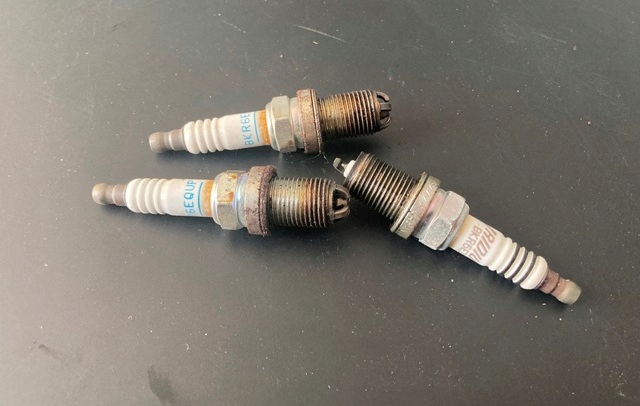
More details on Spark Plugs types and spark plug change intervals.
2) Gas Cap
Lose or open gas cap will throw a check engine light. Computer uses engine light as a warning for evaporative system leaks, a lose gas cap causes evaporative system pressure loss and triggers engine light. If you just filled up your tank check your if you forgot gas cap open.
Gas caps can also fail. Gas cap has a rubber gasket to prevent fuel vapor form escaping in atmosphere.
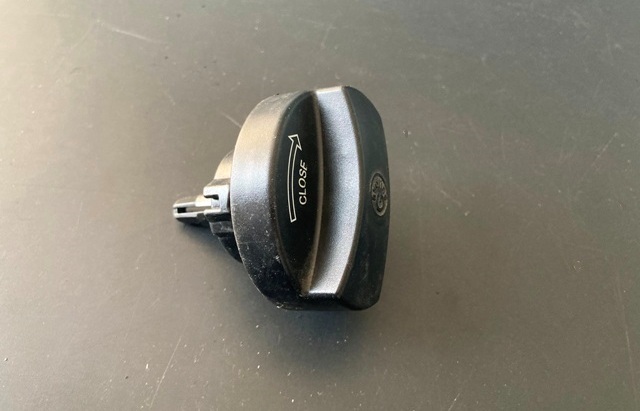
Gasoline vapor leaks will occur if rubber gas cap gasket fail or gas cap is broken internally. You will need to replace gas cap with an OEM part or an universal gas cap. Universal gas caps are cheaper.
(If you are also looking for a fast and easy solution to sell your car, more here on “How To Sell Your Car Fast In Ontario”. )
3) Ignition Coils
Ignition coils are part of ignitions system, located above spark plugs. Ignition coils take in 12 volt battery power and transform it to 40,000 volts, supplying high voltage to spark plugs. A failed ignition coil will cause cylinder misfire and trigger engine light.
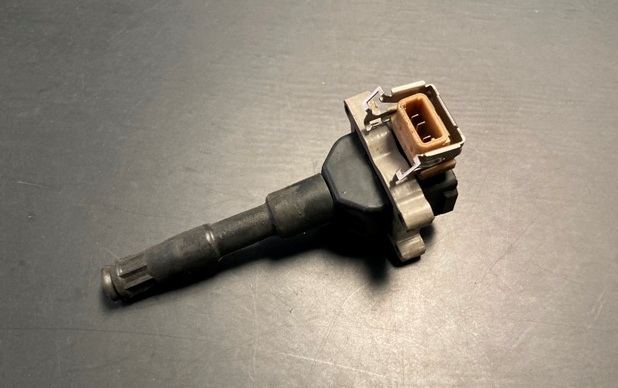
Usually, when a ignition coil fails, you will experience engine loss of power and vibrations. Ignition coils on most cars are not expensive to repair, averaging $40 to $70 per coil. Keep in mind that bad or worn spark plugs can prematurely wear ignition coils.
Do not ignore spark plugs, replace them as a maintenance item based on manufacturer recommenced interval.
4) Catalytic Converter
Catalytic converter is part of exhaust system and utilizes high heat to reduce toxic pollutants. Harmful pollutant are turned into less harmful compounds, not completely eliminated but it helps quite a bit.
Failure of blockage of catalytic converters will trigger a check engine light. In certain cases when catalytic converter is completely blocked it cause engine misfires and loss of power.
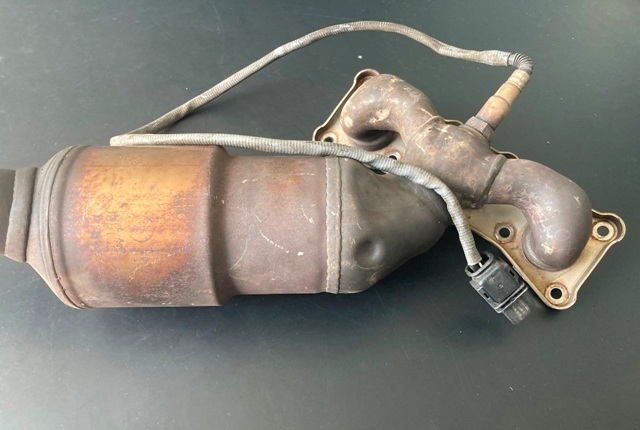
Gases will not be able to pass thru catalytic converter and will cause blow back pressure back to engine, causing all kind of troubles. Loss of power being more prominent symptom.
Catalytic converters have platinum and palladium at their core and are expensive, depending on model might cost $1,000 or more. Lately, prices of precious metal went up with inflation and Stealing Catalytic converters has become a profitable and thriving “industry” in Canada and North America.
5) Oxygen Sensor
Oxygen sensor (or O2 sensor) monitors exhaust gases before and after catalytic converter. It sends that information to vehicle computer creating optimal air/fuel mixture. A faulty oxygen sensor will trigger a engine warning light.
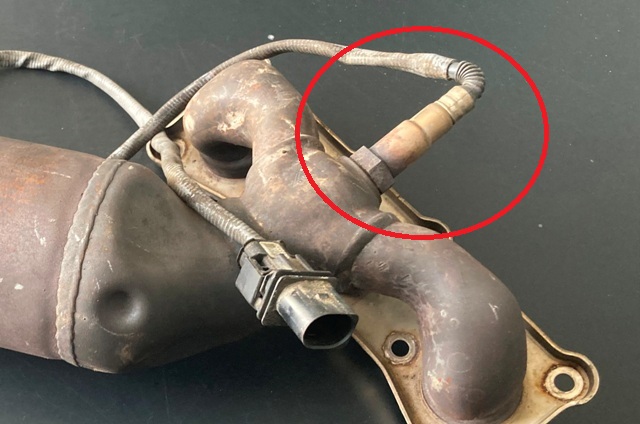
Repair failed oxygen sensors as soon as possible. Failed oxygen sensor will reduce fuel efficiency and destroy catalytic converter over time. If oxygen sensor fails, it will either send incorrect data to ECM or no data at all. ECM (car computer) in turn will run engine rich (rich means too much fuel).
Unburned fuel will collect and burn onside catalytic converter, burning or blocking it. Do not neglect a failed oxygen sensor, replace it as soon as you can. Its better to change $100 oxygen sensor than $100 oxygen sensor and $1,000 catalytic converter. What is Oxygen Sensor.
6) Evaporative system
Evaporative emissions system monitors and capture fuel vapors inside fuel tank. Old cars had their fuel tanks vented into atmosphere. Evaporative emissions system on modern cars captures fuel vapors for further use. A leak on evaporative system will trigger a check engine light.
Evaporative system will not affect operation of your car. However, evaporation system can raise fuel consumption.
7) Mass Air Flow
Mass air flow sensor or MAF, monitors amount of air entering engine. MAF sensor is part of fuel injection system, a defective or dirty Mass Air Flow will trigger a engine light and will affect operation of engine.
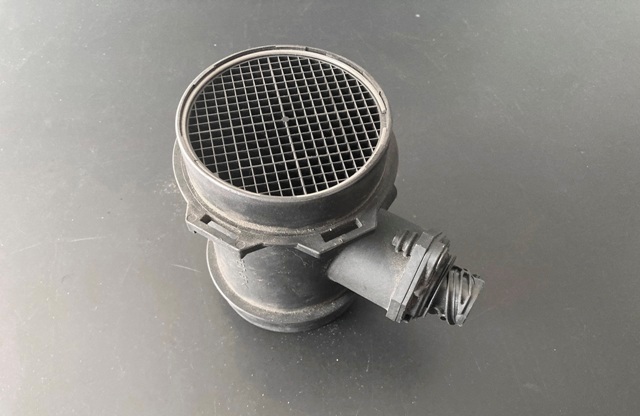
Mass air flow will directly affect operation of your car, fuel efficiency will be much lower. Failed MAF sensor should be replaced as soon as possible as will cause damage to catalytic converter.
Symptoms of failed MAf sensor:
1) Engine hard to start on cold start
2) Hesitating under load
3) Loss of power
4) Rich or lean condition
8) Vacuum leaks
Vacuum leaks are a common occurrence and will trigger a check engine light. Vacuum leaks can be caused by a simple and cheap vacuum hose or a labor intensive engine gasket. All air entering your engine is measure by MAF sensor. There should be no unmeasured air entering engine.
If a leak develop, unmeasured air will enter engine, causing a lean condition and loss of power. Lean condition means there is more air than fuel. Vacuum leaks will also affect pollution control as fuel to air ratio will be off balance. Engine will lose performance and multiple misfires might develop.
Check Engine Light with VSC and TRACS
In certain case check engine light will accompanied with VSC light (vehicle stability control) and TRAC light (traction control). Do not panic, its just programed that way. If ECM (your car computer) sees a problem, it will disable VSC and TRAC systems to save engine power.
It does not mean those systems have a problem too. Your cars will still be drivable normally, brakes and ABS will work fine. When you repair whatever problem triggered check engine light, VSC and Trac will return to normal.
How to Diagnose Engine Light Using ODD II Scanner
Use an OBD2 scanner to obtain trouble codes. OBD2 scanners are available almost everywhere for purchase. Prices vary from simple blue-tooth connected scanners costing $30, to professional ones costing $1,000 or more.
OBD2 scanner connects to vehicle ODB2 port and will reveal check engine light trouble codes. Example below:
Code P0496 points to a problem with evaporation emission system flow purge valve.
OBD2 can be used to clean or remove codes. However, cleaning or removing a trouble code does not fix anything. If problem causing an engine light is not properly repaired, check engine light will be triggered again.
What to do If Engine light Comes On
First of all, don’t panic, keep your eyes on the road and do not pull over. Keep driving normally.
Vast majority of times engine light does not need immediate attention. Your car will let you know if something fundamental is wrong by losing power or other visual problems. If nothing of that happens and your car is driving fine then its probably a sensor or something else that can wait.
Check engine light without symptoms (i.e. your car still drives fine) is related mostly to evaporation or pollution system (90% of times). Problems with evaporation system can increase fuel consumption but will not affect car operation.
As we said earlier, if your car drives fine then there is nothing to worry about, at least nothing that requires your immediate attention. If you just filled up your tank, check to make sure you closed gas cap properly. Lose gas cap can trigger check engine light.
However, if you have a pulsating or flashing check engine light then you should pull over. Flashing check engine is a rare occurrence but in any case do not drive your car if check engine light is flashing.
It means one of more cylinders in your engine are misfiring. You will cause engine damage if you keep driving. Pull over when safe and call a tow-truck.
Don’t Neglect Check Engine Light
Don’t neglect it even of your car drives fine. Check engine light is telling you something is wrong and a small problem today can turn onto a big one next month. For example: if engine light is triggered by an upstream oxygen sensor then engine can run rich.
Running rich means too much fuel than normal going inside cylinders. Extra fuel can not be burned and will up on your catalytic converter.
Overtime catalytic converter will be damaged by unburned fuel. Catalytic converter is an expensive component of pollution control system, over $1,000 for some vehicles. In this case neglecting $100 oxygen sensor problem can turn very fast into $1,000 catalytic converter problem.
Set up an appointment with your mechanic and repair your car at earliest convenient time.
(If you are also looking for a fast and easy solution to sell your car, more here on “How To Sell Your Car Fast In Ontario” )
Comments: If you have any questions or suggestions related to this post or Used Car Toronto in general, don’t hesitate to use comment section below.


